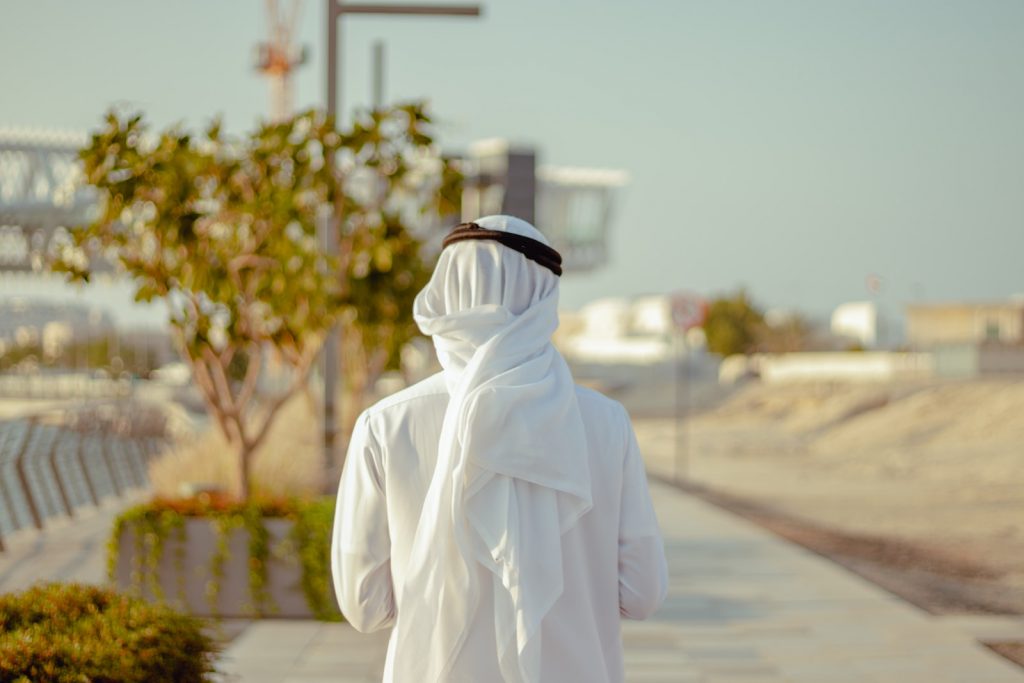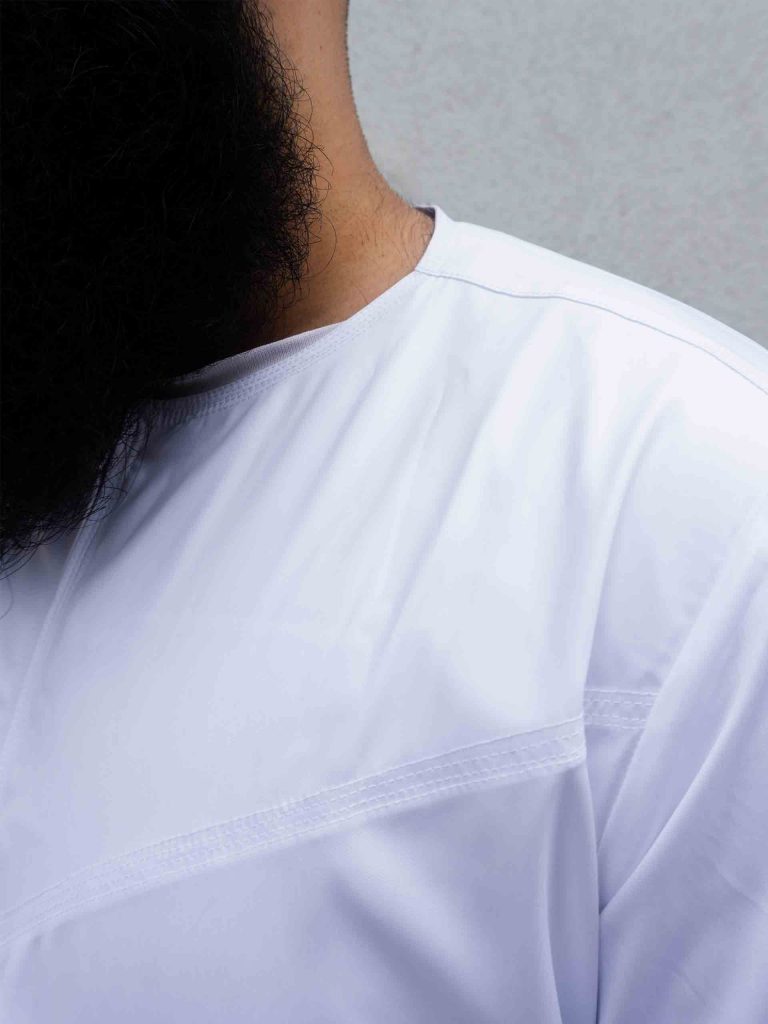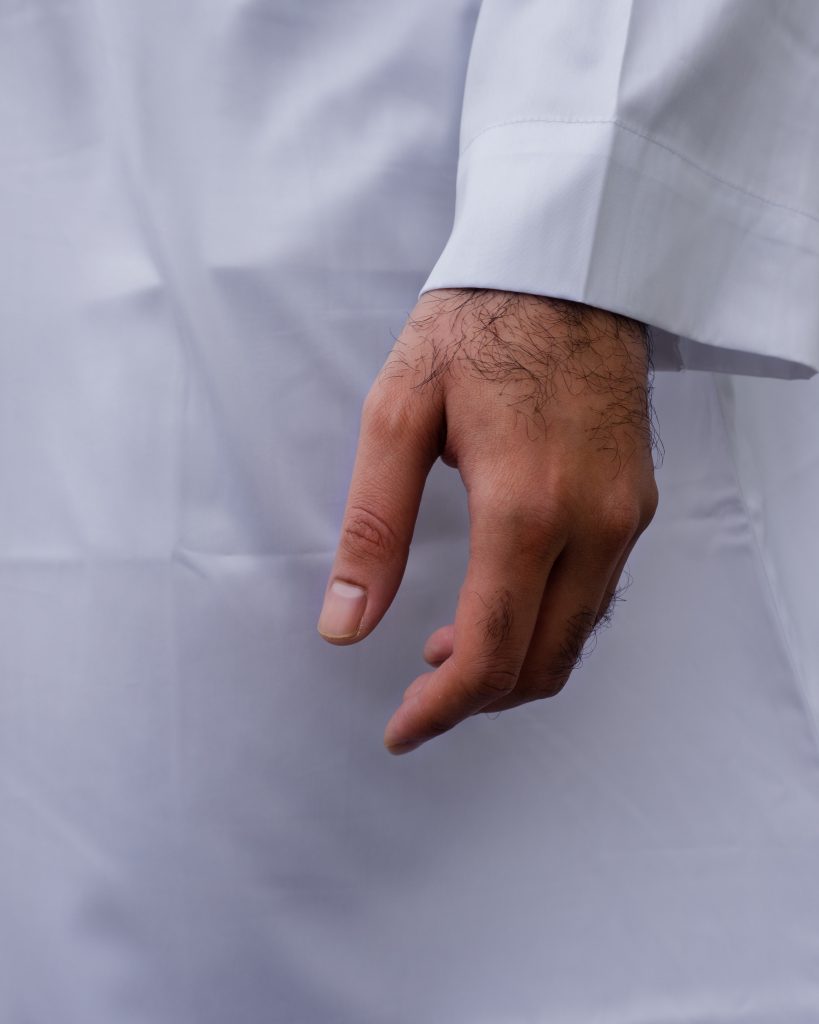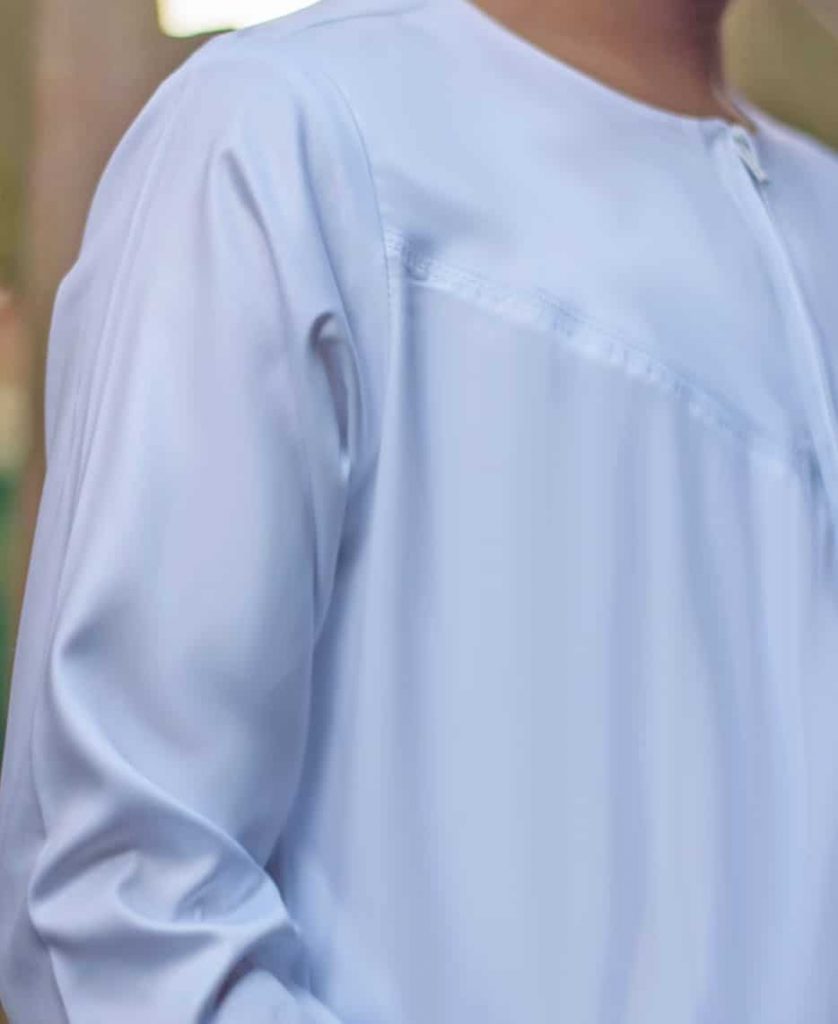Ultimate Guide to Cleaning Your Thawb: Revitalise Collars, Sleeves, Seams and More
Table of Contents
Toggle
The thawb, also known as a Jubbah, dishdasha or kandura, is a traditional ankle-length Arab garment usually worn by men. It is often crisp white in color and lightweight, making it well suited for any occasion. However, the fabric and cut also make thawbs prone to getting dirty, especially around the collar, sleeve ends, and foot seam. With frequent wear, these areas can look dingy and stained.
Thawb Cleaning
The thawb, a traditional Arabic ankle-length garment, is a staple of men’s fashion in the Gulf region. Its lightweight fabric and loose silhouette make it well suited for any occasion. However, the nature of the fabric also makes thawbs prone to dirt and stains, especially in high friction areas. With frequent wearing, the collars, sleeve ends, foot seams and underarms tend to show grime buildup relatively quickly.
While you can always take your thawb to the cleaners, home washing is simple, cheaper, and allows you to treat problem areas according to your specific needs. This guide will provide tips and techniques for getting your thawbs looking bright and clean again, with a focus on revitalizing the three most high-maintenance areas: the collar, sleeves, and foot seam.

Cleaning Thawb Collars
An area that receives constant exposure to sweat, body oils and hair products is the collar. The result is often a ring of yellowish discoloration along the inner folds and neckband. Start by inspecting the collar closely under bright light. Check for sweat stains, greasy deposits, or crusty build up from hair products. These will need targeted pretreatment.
Make a concentrated cleaning paste by mixing powdered laundry detergent with just enough water to achieve a thick texture. Use an old toothbrush to gently scrub the paste into stained or dirty areas. For very dingy collars, a laundry prewash spray can be more effective. Spritz liberally onto stains and let sit for 5-10 minutes before washing.
When laundering, turn the thawb inside out to better expose the collar and maximize cleaning contact. Wash with the hottest water that the fabric will safely allow. After washing, inspect the collar and repeat pretreatment if any residual stains remain before the next wash. With repeated cleaning, you can restore a dingy collar back to bright white.

Cleaning Thawb Sleeve Ends
The sleeve ends contend with oils, food residues, ink marks, and other contaminants picked up by your hands and wrists throughout the day. These readily transfer onto the cuffs each time you slip on your thawb. Over time, the edges appear much darker and dingier than the rest of the sleeves.
Turn sleeves inside out to inspect and pretreat stains. Apply a laundry prewash spray or gel stick to any grease, ink or dye stains. Allow to soak for 10-15 minutes before washing. Launder in warm or hot water for best stain removal. However, for delicate fabrics, opt for a cool gentle cycle to prevent damage. Wash sleeves inside out for maximum cleaning contact on edges.
For tough stains, try hanging the thawb in direct sunlight after washing. The sun’s UV rays will naturally bleach and fade many types of discoloration. With diligent pretreatment and washing, the sleeve ends can look clean and bright again.

Cleaning Thawb Foot Seams
The foot seams along the hemline take a beating from constant friction against floors and footwear. This leads to dirt and oil buildup, abraded fabric, thinning and fraying seams. Inspect the length of the foot seam closely. Look for any thinning, holes, or fraying stitching. Check for dark oily stains along the edge as well.
Pretreat stains by saturating the fabric edge with a laundry prewash spray. Let it soak in fully. For extra cleaning power, apply a paste of powdered detergent on any dingy areas, using an old toothbrush. When washing, use a gentle cycle and cold water to avoid further seam damage.
To re-strengthen damaged seams, apply a thin coat of seam sealant along the hem and let fully dry. Repair any holes or frays using small whip stitches in matching thread. With diligent cleaning and mending, you can keep foot seams neat and tidy.

Banishing Thawb Underarm Stains
Underarm yellowing is common on thawbs due to antiperspirant contact and sweat. Turn the garment inside out to inspect the underarm areas. Look for any yellow discoloration on both sides of the fabric. Rub a diluted bleach solution into the stains using a soft brush and allow to sit for 5 minutes before washing.
Oxygen bleach works well for removing yellow underarm stains without risk of damage to the fabric. Make a solution of 1 tbsp oxygen bleach powder per 1 cup of cool water. Pretreat stains and then launder as usual. Repeat as needed for stubborn stains. Just take care to completely rinse out the bleach.
In Summary
With the proper inspection, pretreatment and washing techniques, it is possible to keep your treasured thawbs looking and feeling fresh. Focus on frequently cleaning the collars, sleeve ends, foot seams and underarms to combat dirt buildup before it becomes engrained. With diligent care, your traditional Arab garments can remain spotless and bright for many years to come.
Sources
- Images from FreePik, Unsplash, Openverse, Pixabay, Pexels

